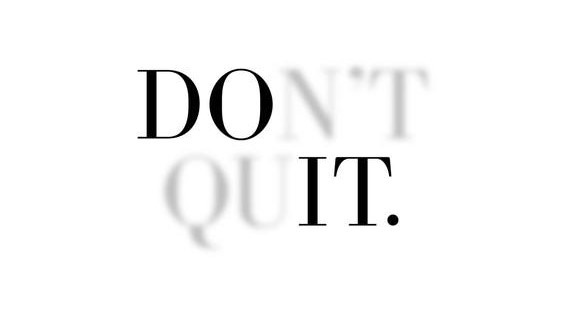The College Essay: A Salve for Getting Started
How to Start
Some of the most common questions I’ve received throughout my years working with young folks on college essays concern how to start. Most of these inquiries begin with a bright, committed student admitting to me that they have a lot of ideas that they think will make compelling pieces. However, when they actually sit down and begin to stare into the blank, white void of their computer screens, words escape them.
Writer’s Block and the College Essay
This is not a new problem. In Bird by Bird: Some Instructions on Writing and Life, author Anne Lamott describes the age-old struggle in all of its bleakness: “There are few experiences as depressing as that anxious barren state known as writer’s block, where you sit staring at your blank page like a cadaver, feeling your mind congeal, feeling your talent run down your leg and into your sock.”
A Unique Opportunity
However, starting a new piece, especially one’s 500- to 650-word college essay, does not have to feel like this. In fact, I am of the opinion that the college essay is a unique opportunity for everyone to take a step back and celebrate themselves at a moment in their life that might otherwise feel particularly stressful or laden with external expectations. Most of the time, though, it takes more than an overly jolly essay specialist to unblock a young writer. But not much more. I’ve found that if we can encourage applicants to break their essays down into bite-sized pieces, manageable tasks with defined goals that might only take 15-30 minutes to complete at a time, then a lot of the fear of writing vanishes, only to be replaced by relief or even joy.
Techniques for Your College Essay
Let me be more specific about my technique in advising students through this process. When I refer to “bite-sized pieces” of assignments within an essay, I am talking about going over a student’s idea and then having a discussion with them about how best to separate it into 2-5 sentence sections. Usually, the student will have an okay idea of how much time they want to spend writing about each element of their essay, but a professional’s guidance is always useful in this process, especially when it comes to the assertion that the message of the essay – the part where students reflect about themselves, their own journey, their growth – is the most important. After speaking more generally about an essay’s makeup, make it concrete! Have the student type out prompts like the following for each section you’ve discussed. Here’s an example:
Intro – figure-skating mishap (3-4 sentences, focus on sensory details):
Situate the reader – discuss how I felt during my mistake, and how that paved
the way for my future attitude (2-3 sentences):
Describe the journey – emphasize hard work and what that meant for me, not
just as a competitive figure skate, but as a young woman growing up in a
patriarchal world, finding my own empowerment (4-5 sentences):
Bring it home – discuss how my journey has led to my being more confident and
assertive in my life, to finding my flow, especially in light of my future goals (3-4
sentences):
Avoiding a Lack of Direction and Panic
Such concise, yet directive prompts often free essay writers from a lack of direction and the panic of a brain looking at nothing while expecting to produce something “creative.” This simple assignment-based style of writing gives students the flexibility to structure their work time differently, as well. Now, instead of having to leave the whole day free for a pressure-laden session in which they attempt to write an entire draft in one sitting, the prompt-by-prompt method (as I’ll call it) allows them to work on their essay in increments, perhaps in the half-hour they have between when they get home from school and softball practice, or what have you.
The Prompt-by-Prompt Method for College Essays
I would encourage current applicants and college counselors alike to try the prompt-by-prompt method. This way, one can work hardest on developing the prompts themselves and then just let the writing flow out onto the page while addressing each finite assignment. In this blog post, we’ve learned how to turn the task of reflective writing from a weighty creative endeavor into a workable system that should be accessible to writers of all skill levels. Happy drafting, everyone!
Share this article

Follow us
A quick overview of the topics covered in this article.
Latest articles
Reading Time : 5 mins
Reading Time : 4 mins
Reading Time : 4 mins




